When I wandered through Naples’ historic center, I quickly realized why Spaccanapoli feels like the heart of this vibrant Italian city.
Spaccanapoli literally means “Naples splitter.” This straight and narrow street slices the old city center in half, dividing north from south like a knife through pizza dough. The name nails it—a direct line cutting through Naples’ otherwise tangled centro storico.
As I made my way down this ancient thoroughfare, the energy hit me right away.
Even though the street is narrow, Spaccanapoli bursts with life—locals chatting outside tiny shops, the smell of fresh pizza drifting out of doorways, and layers of history in every building facade.
The surrounding lanes twist and turn, but this street runs straight, offering a rare sense of direction in all the beautiful chaos.
My walk along Spaccanapoli felt like a trip through time.
This isn’t just any street—it’s an artery that pumps life through Naples, tracing the path of an ancient Roman road.
Each step took me past historic churches, family-run workshops, and secret courtyards that have seen the city change over thousands of years.
The street’s charm isn’t just in its layout; it’s how it condenses the real Neapolitan experience into a single stretch.
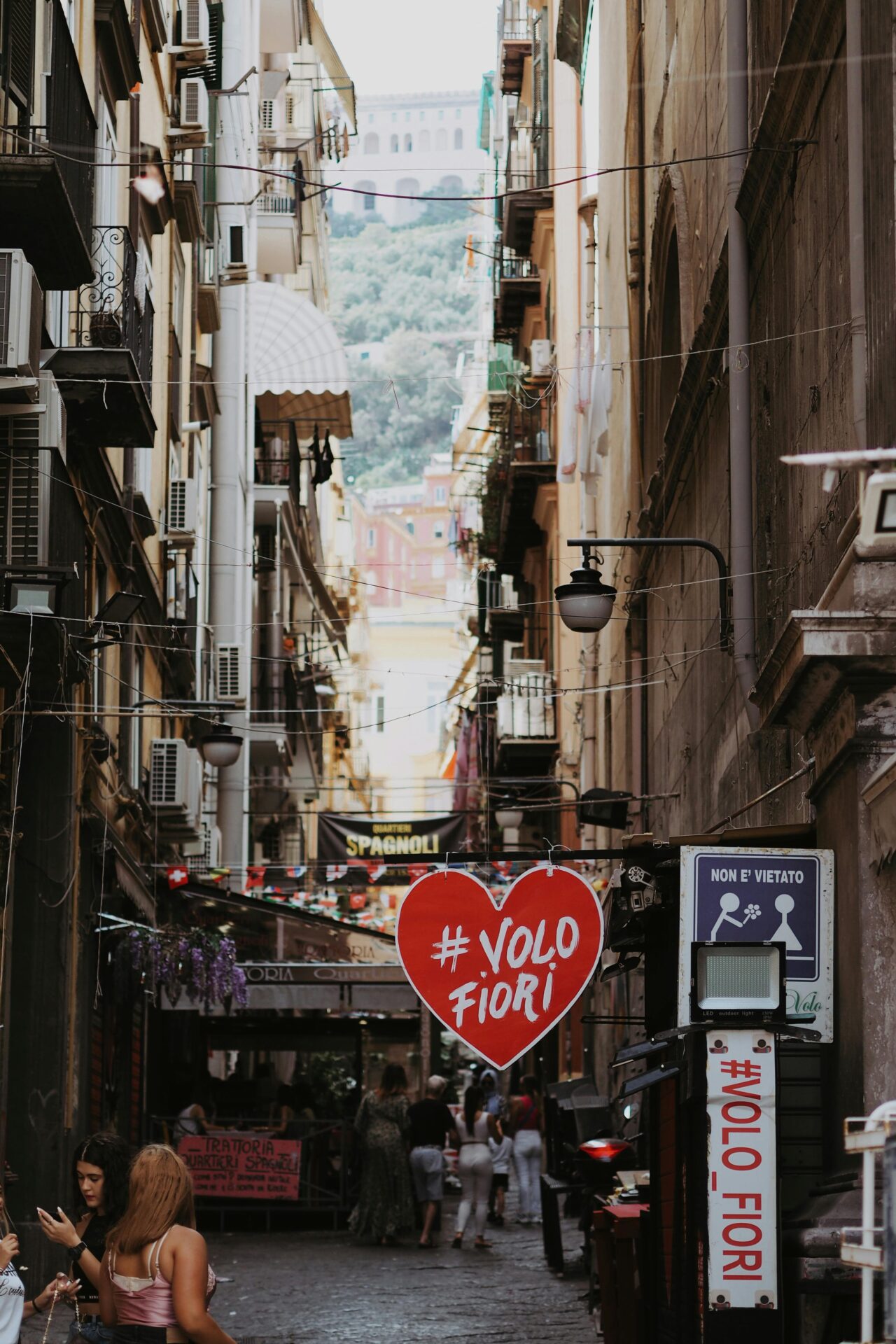
Unveiling Spaccanapoli: The Heartbeat of Naples
Spaccanapoli slices through Naples like an arrow, dividing the historical center into two parts.
This street gives visitors a journey through time, culture, and the authentic Neapolitan spirit.
History and Origins
Spaccanapoli didn’t always go by this name.
The street dates back to the Greek era, when Naples was called “Neapolis.”
Back then, the Greeks designed the city with a grid, including three main east-west streets called “decumani.”
Today’s Spaccanapoli is actually the lower decumanus (Decumano Inferiore).
The Romans kept this grid when they took over.
“Spaccanapoli” means “Naples splitter,” a nickname that really fits—when you look from above, you can see the street cutting the city in half.
Standing on San Martino Hill, I saw exactly why the name stuck.
The street forms a perfect line through the dense cityscape.

Walking the Straight Street: What Makes It Unique
When I wandered along Spaccanapoli, the street’s narrowness stood out immediately.
Tall buildings on both sides create a canyon-like vibe that feels both cozy and a bit overwhelming.
The street buzzes with activity all day.
Vendors sell everything from handmade nativity figures to pizza fritta (fried pizza).
The smells from bakeries and cafes mix with the sounds of lively conversations.
Spaccanapoli’s real magic is how it links major landmarks.
I found along this one street:
- Church of Gesù Nuovo with its wild diamond-pointed facade
- Santa Chiara Monastery and its beautiful tiled cloister
- San Domenico Maggiore Church
- Tiny workshops where artisans keep old crafts alive

UNESCO World Heritage Status
Naples’ historic center, with Spaccanapoli at its core, earned UNESCO World Heritage status in 1995.
This recognition highlights the area’s exceptional cultural and historical value.
UNESCO specifically notes how Naples has kept its urban fabric intact through centuries of change.
Spaccanapoli stands as a perfect example, still following the path set by ancient Greeks over 2,500 years ago.
Walking here, you get a rare chance to experience a living timeline.
Roman ruins hide beneath medieval churches, and those churches feature Renaissance and Baroque touches.
UNESCO protection has helped prevent overdevelopment.
Despite this, Spaccanapoli stays truly Neapolitan—not a museum, but a thriving center of daily life.
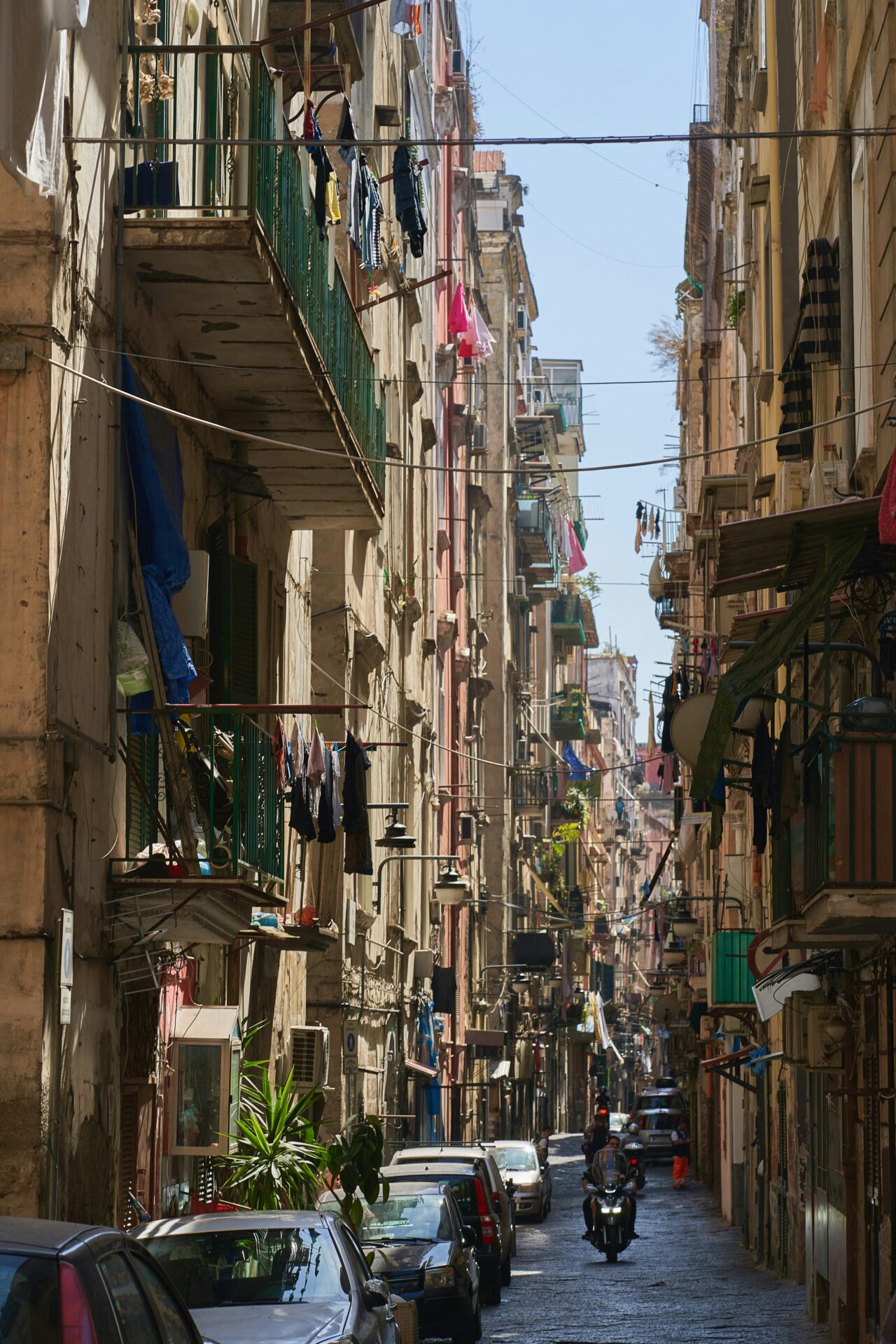
Architectural Marvels and Historic Landmarks
A stroll down Spaccanapoli reveals Naples’ architecture across the centuries.
The street is lined with buildings that showcase everything from Gothic to Baroque styles, each one with its own story.
Naples Cathedral and Sacred Churches
The Naples Cathedral (Duomo di Napoli) stands out as one of the most impressive religious sites I’ve seen.
Also called Cattedrale di San Gennaro, this Gothic marvel holds the blood relic of Naples’ patron saint.
The Church of Gesù Nuovo grabbed my attention with its diamond-pointed facade.
It started as a palace in the 15th century, then became a church with a Baroque interior that left me speechless.
Santa Chiara is another spot you can’t miss on Spaccanapoli.
Its peaceful cloister, covered in hand-painted majolica tiles, feels like a world away from the busy streets.
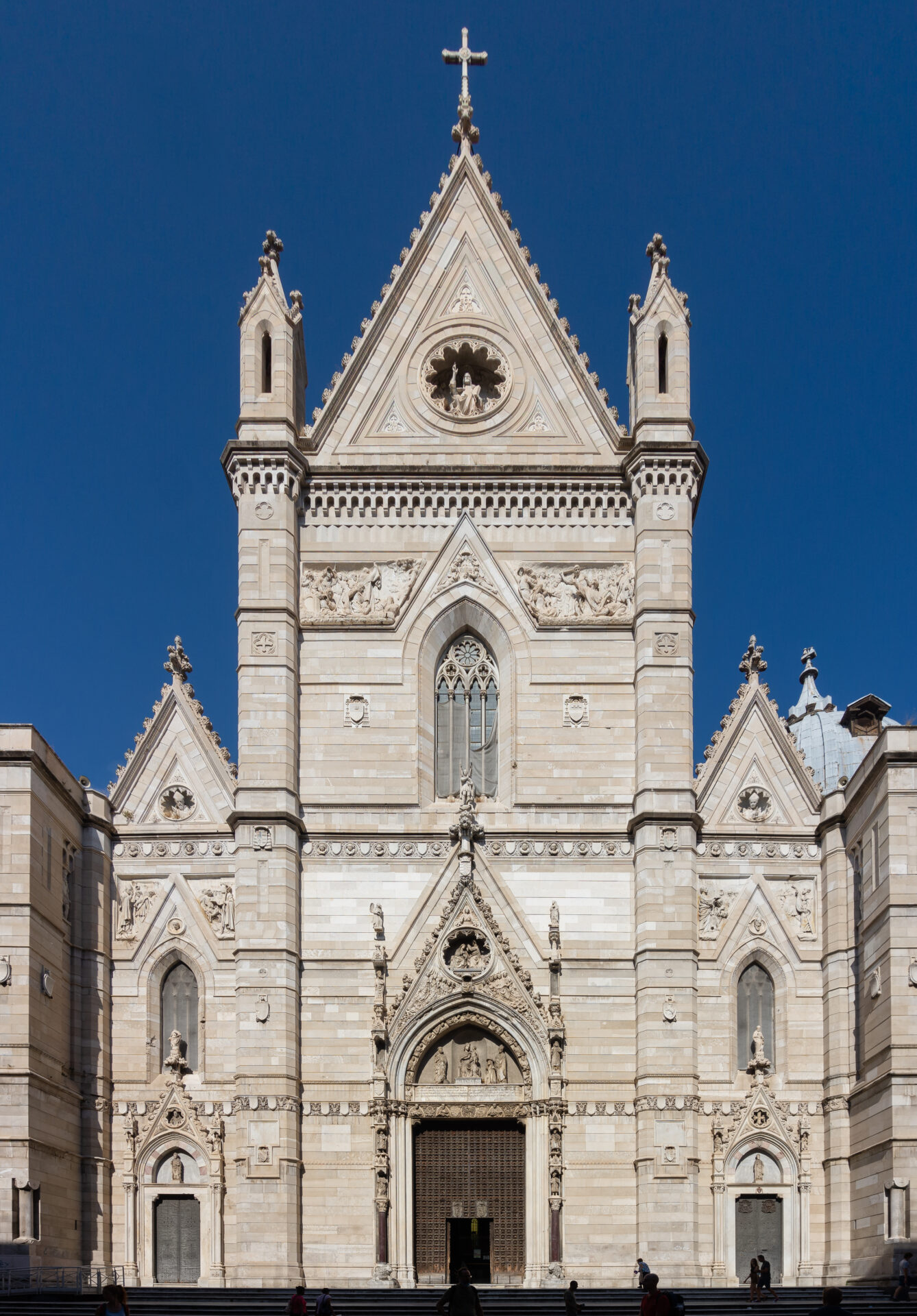
I lingered here, soaking in the calm.
Hidden Treasures: Catacombs and Underground Mysteries
Under Spaccanapoli, there’s a whole other world.
The Catacombs of San Gennaro are some of the biggest in southern Italy, filled with ancient frescoes and burial sites from the 2nd century.
Naples Underground showed me a different side of the city.
I walked through Greek-Roman aqueducts, WWII air raid shelters, and even the remains of a Roman theater.
The Fontanelle Cemetery (Cimitero delle Fontanelle) is maybe the most haunting place I’ve visited.
This huge cave holds the bones of plague victims from 1656 and other disasters.
Local traditions around these anonymous skulls say a lot about Naples’ unique relationship with death.
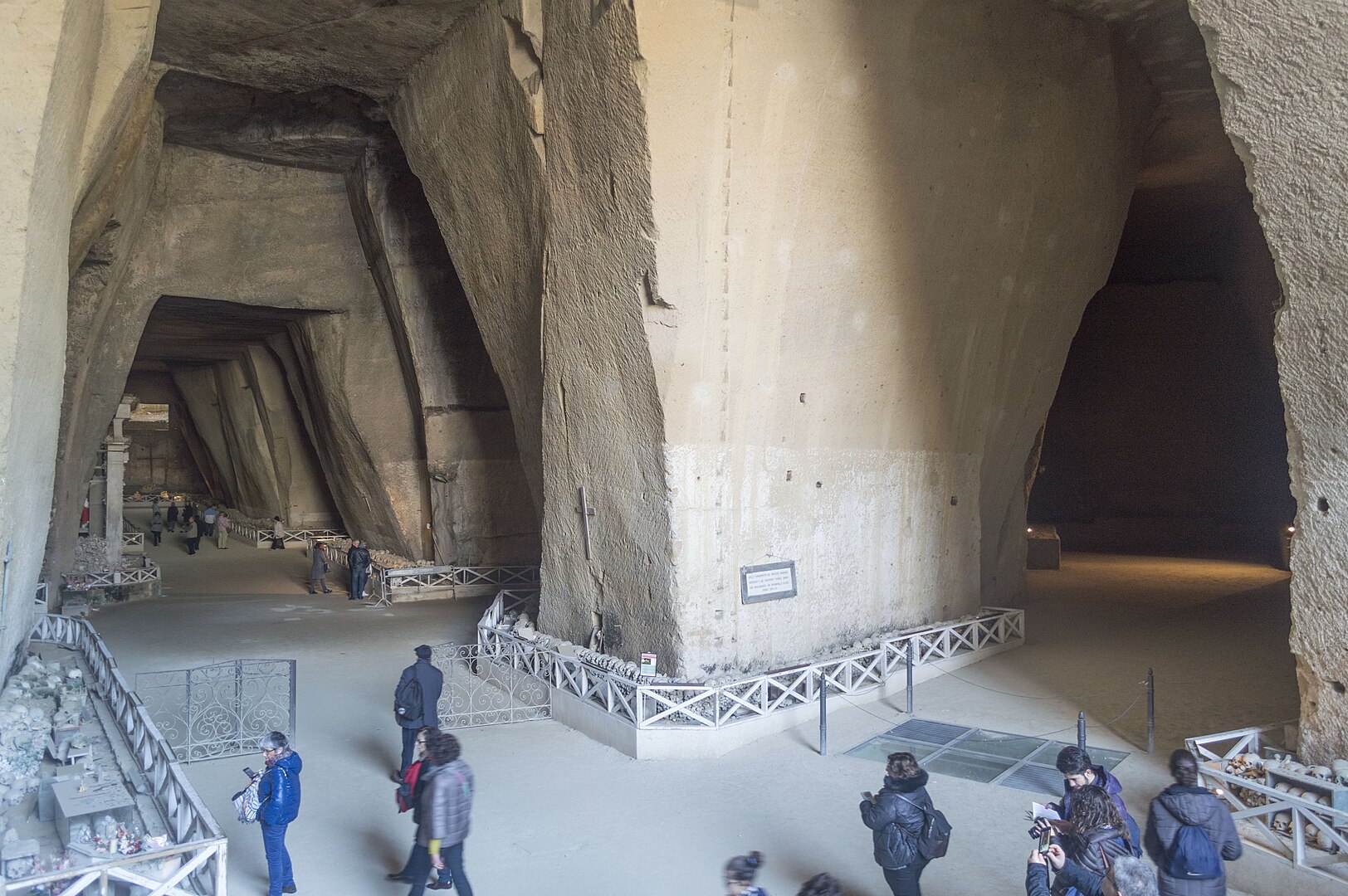
Royal Splendor: Palaces and Theatres
The Royal Palace of Naples (Palazzo Reale) displays the city’s grandeur from its days as a kingdom.
I was blown away by the ornate staircases, throne room, and royal apartments that reflect the city’s many rulers.
Nearby, the San Carlo Theatre stands as one of the world’s oldest and most beautiful opera houses.
Built in 1737, its red and gold interior is just jaw-dropping.
If you can’t catch a show, a guided tour is well worth it.
Cappella Sansevero houses the incredible “Veiled Christ” sculpture.
The marble veil looks so real that I had to look twice.
The chapel’s other sculptures and anatomical machines make it one of Naples’ most fascinating artistic treasures.
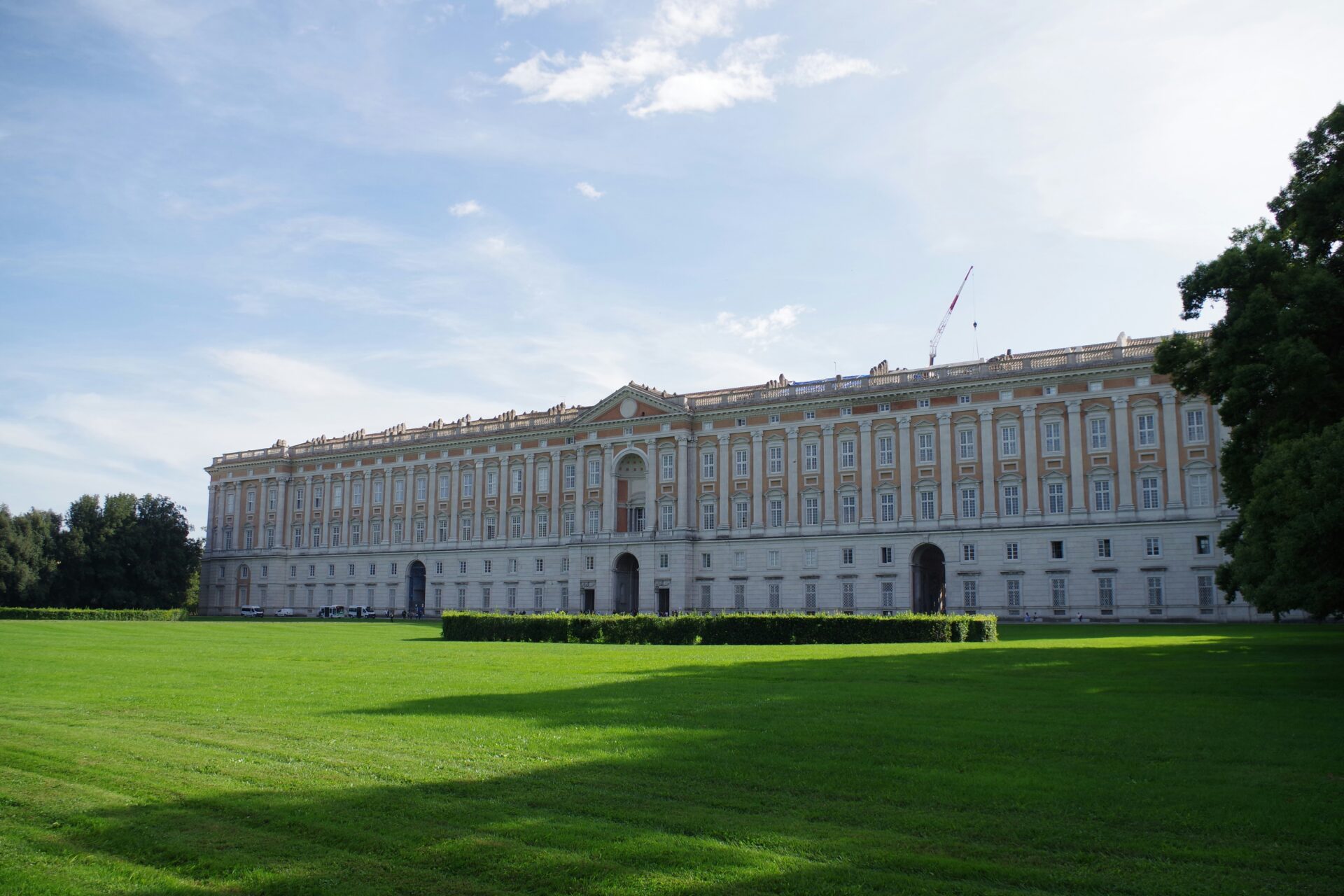
Cultural Hotspots and Local Experiences
Walking through Spaccanapoli drops you right into Naples’ vibrant culture, where old traditions blend with modern life.
The street acts like an open-air museum, where locals and visitors both get a taste of the real Neapolitan spirit.
San Gregorio Armeno and the Nativity Scene Tradition
Via San Gregorio Armeno is probably the most famous cultural spot along Spaccanapoli.
This narrow alley is all about the art of making presepe (nativity scenes).
I found dozens of workshops selling handcrafted figurines all year round.
The artisans don’t stop at biblical figures.
They make satirical versions of celebrities and politicians too, bringing a modern twist to the tradition.
When I visited in December, the street buzzed with locals hunting for new pieces for their collections.
Watching the craftspeople at work really impressed me.
Many shops have workbenches right by the window, so you can see artisans painting and assembling these tiny masterpieces.
This tradition goes back to the 18th century and still forms a big part of Neapolitan Christmas celebrations.
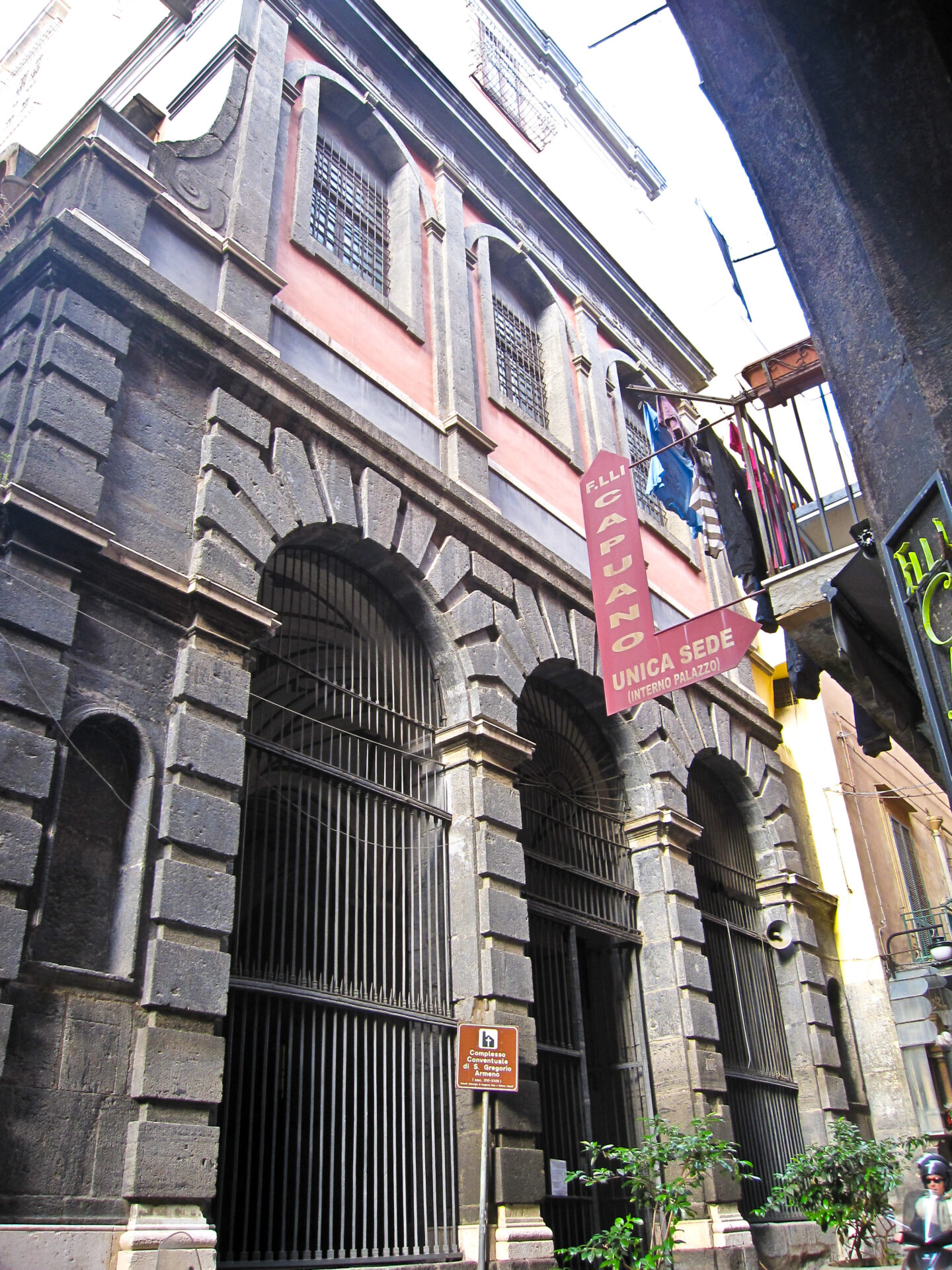
Markets, Shopping, and Everyday Life
Beyond nativity scene shops, Spaccanapoli offers a real look at daily Neapolitan life.
The Pignasecca market nearby buzzes with locals bargaining for fresh produce, seafood, and household goods.
Small, family-run shops line the street, selling everything from handmade leather goods to sweets like sfogliatelle and babà.
I loved browsing tiny stores offering coral jewelry—a true Neapolitan craft.
The street itself is a social scene.
Neighbors chat from balconies, laundry hangs overhead, and the smell of homemade ragù drifts out of windows.
Street food is everywhere—don’t skip pizza a portafoglio (folded pizza) or frittatina (fried pasta balls) from small shops tucked between old buildings.

Art, Museums, and History Along Spaccanapoli
Spaccanapoli makes a great starting point for exploring Naples’ museums.
Just steps away, the National Archaeological Museum holds treasures from Pompeii and Herculaneum that blew me away.
Inside the street’s many churches, I found art that would be the main attraction anywhere else.
The Sansevero Chapel Museum features the “Veiled Christ,” so lifelike the marble almost looks transparent.
If you love art, don’t miss a trip to the Capodimonte Museum.
It’s close by and houses works by Caravaggio, Raphael, and Titian.
The museum sits in a former Bourbon palace surrounded by peaceful gardens.
What’s special is how these cultural sites blend into everyday life.
Locals and visitors share these spaces, making the experience feel truly authentic.

Culinary Delights and Cafés Along Spaccanapoli
Walking Spaccanapoli means tasting Naples through its incredible food.
Centuries-old traditions come alive in every bite and sip.
Neapolitan Pizza and Local Flavors
I found some of the world’s most authentic Neapolitan pizza on Spaccanapoli.
The pizzerias stick to tradition, making pizzas with soft, chewy crusts and simple, fresh toppings.
On my walks, I stopped at family-run places where pizza-making is an art.
Many still use wood-fired ovens that cook pizzas in just 90 seconds.
Seafood vendors line the street, selling fresh catches from the Mediterranean.
The aroma of fried seafood often fills the air.
Don’t leave without trying sfogliatella, Naples’ shell-shaped pastry stuffed with sweet ricotta.
I found the best ones at old-school pasticcerie that have been serving locals for generations.
Street food is everywhere—from frittatine (fried pasta balls) to cuoppo (paper cones of fried goodies), perfect for munching as you explore.

Coffee Culture and Iconic Cafés
Naples takes coffee seriously, and Spaccanapoli hosts some of the city’s best cafés.
Locals stand at the bar for their daily espresso shot.
At Caffetteria Mexico, I experienced true Neapolitan coffee culture.
Baristas prepare each cup with care, and the place hums with conversation.
The coffee is strong and comes in small cups.
Many folks add sugar, but I prefer mine straight to savor the flavor.
Some cafés have been around for generations, with marble counters and vintage charm.
Most offer the famous “caffè sospeso” (suspended coffee) tradition, where you buy an extra cup for someone in need.
Morning pastries like cornetti (Italian croissants) pair perfectly with the bold coffee.
It’s my favorite way to start the day.

Where to Eat: Recommended Restaurants and Street Food
If you want the real deal, I loved Da Michele, a historic pizzeria serving only marinara and margherita—simple, but flawless.
Quick Bites:
- Antica Pizzeria Port’Alba (the oldest pizzeria in Naples)
- Di Matteo (famous for fried pizza and arancini)
- Tandem (well-known for ragù)
When I crave pasta, I head to tiny family restaurants off the main street.
They often skip English menus, but the flavors are as authentic as it gets.
Street food vendors fill the narrow alleys, selling pizza a portafoglio and zeppole (fried dough).
I always grab these tasty, affordable snacks.
For dessert, Scaturchio is a must for their ministeriale chocolate medallions and classic pastries that have delighted locals since 1905.
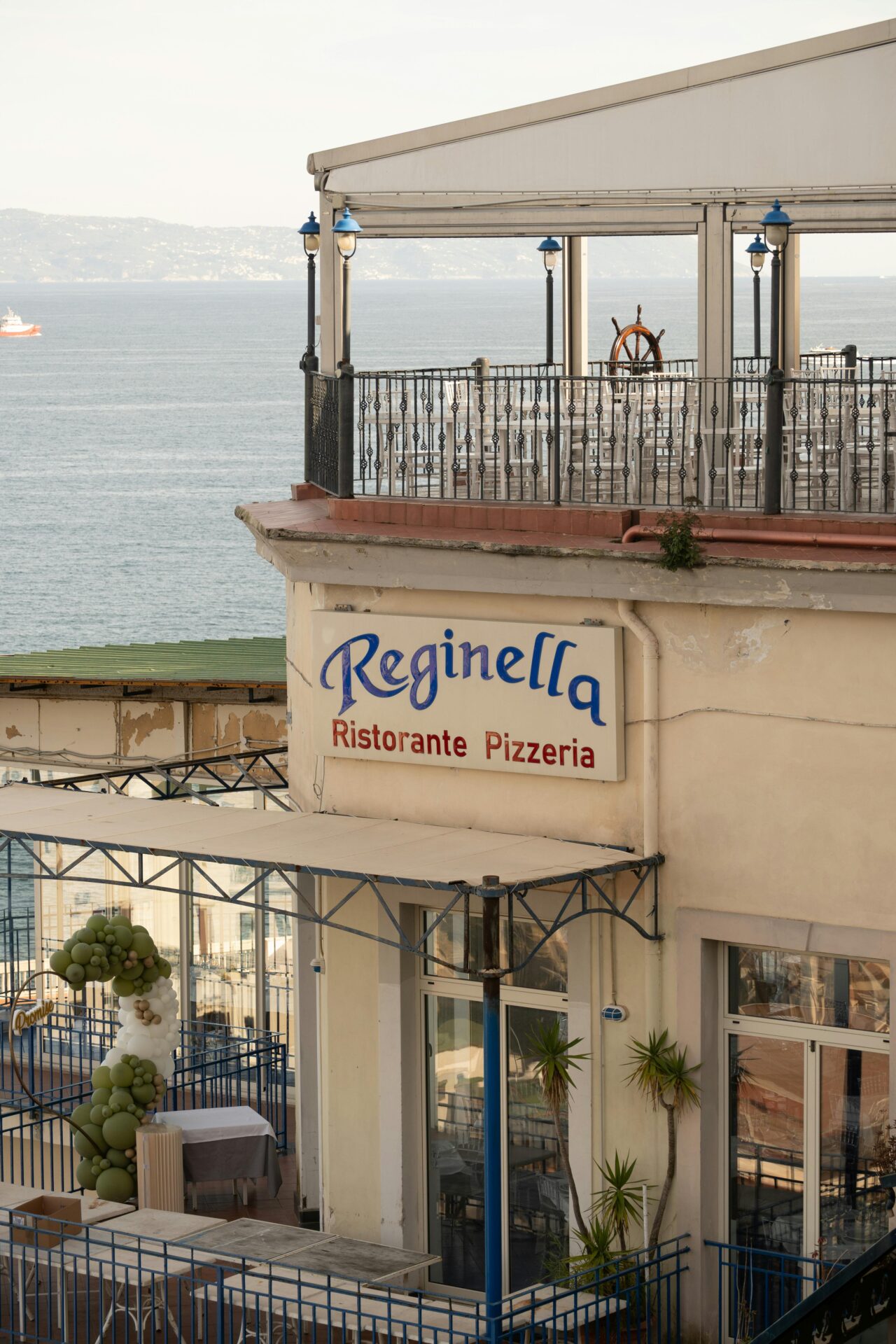
Beyond Spaccanapoli: Exploring Iconic Naples Destinations
Spaccanapoli offers a deep dive into Naples’ soul, but the city has even more to share.
From elegant shopping streets to grand plazas and ancient castles, Naples rewards those who explore beyond its famous straight street.
Via Toledo, Galleria Umberto I, and Piazza del Plebiscito
Via Toledo won me over with its stylish shops and lively vibe.
This shopping street runs north-south and pulses with energy.
I spent hours wandering, popping into boutiques, and sampling street food.
Just off Via Toledo, I stumbled upon the Galleria Umberto I.
This 19th-century arcade, with its glass dome and marble floors, is stunning—even if you’re not in the mood to shop.
Nearby, Piazza del Plebiscito, Naples’ biggest public square, impressed me with its sweeping colonnade and the Royal Palace.
Sometimes there are concerts or public events, but I enjoyed just sitting at a café, people-watching and soaking up the grandeur.
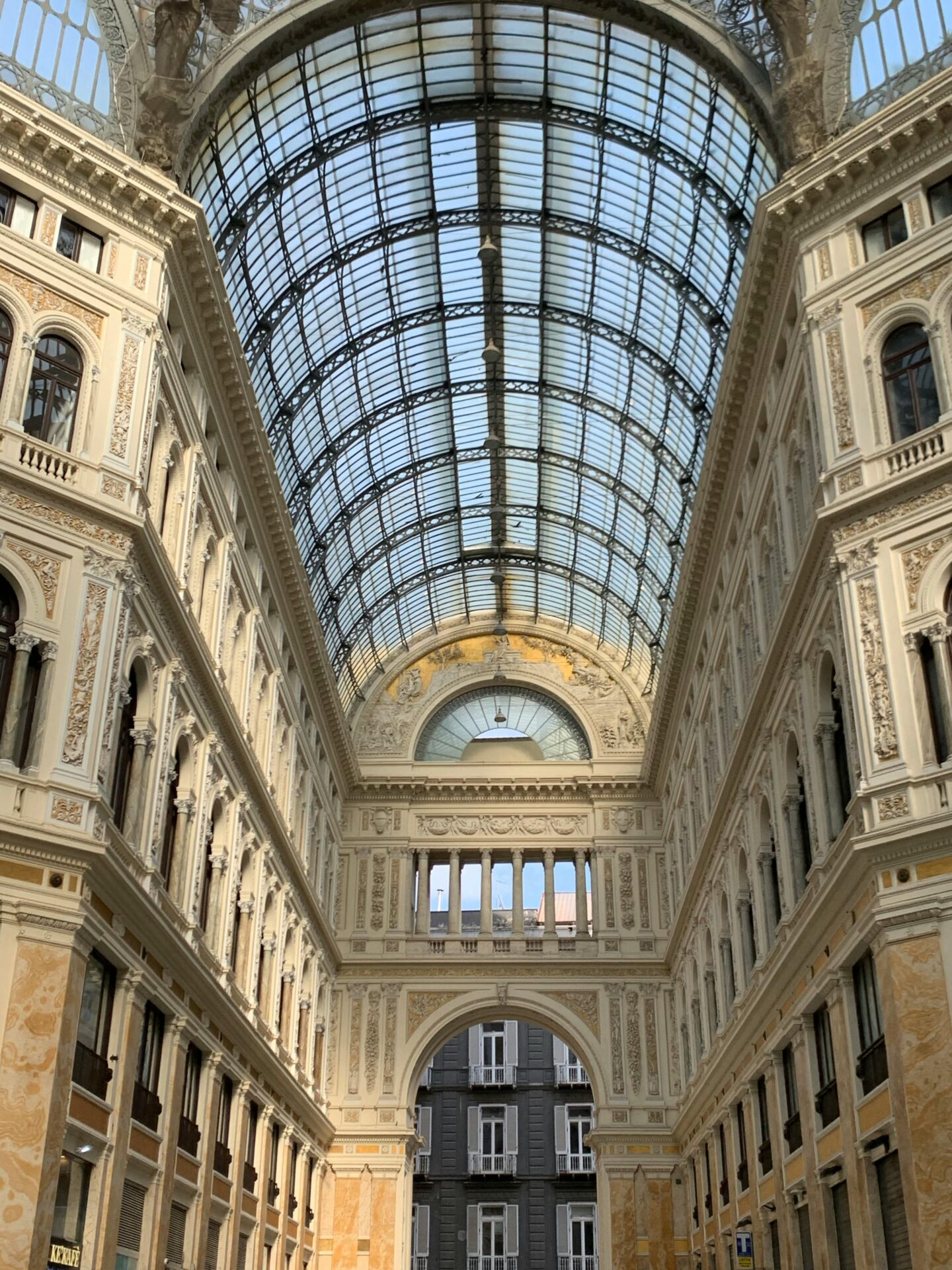
Castles, Museums, and Photo Opportunities
Naples’ skyline wouldn’t be the same without its historic castles.
I recommend Castel dell’Ovo, the city’s oldest fortress, perched on a tiny island.
The views over the Bay of Naples are unreal—perfect for panoramic photos.
For even more dramatic vistas, I hiked up to Castel Sant’Elmo.
This star-shaped fortress gives you 360° views of Naples, Mount Vesuvius, and the bay.
My favorite photos came from here, especially at sunset.
Naples also boasts over 100 museums and galleries.
I picked up the official visit pass, which opened doors to archaeological treasures and art collections all over the city.
Don’t miss underground gems like the Hypogeum of the Cristallini, a lesser-known spot that takes you deep into ancient history.
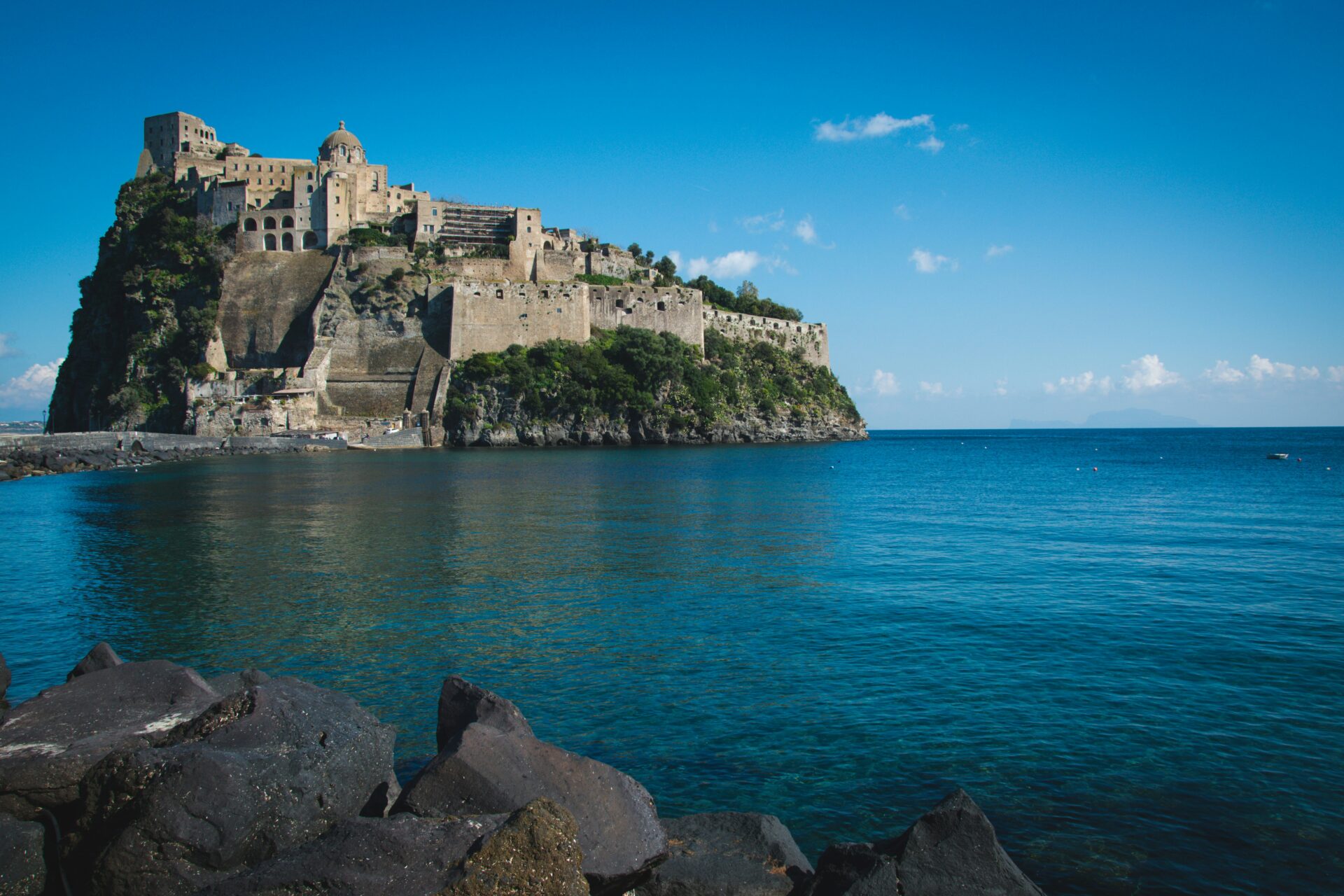
Day Trips and Nearby Wonders Beyond Naples
Naples makes a fantastic base for exploring some of Italy’s most breathtaking sights.
After wandering Spaccanapoli, I set out to discover ancient ruins, coastal towns, and volcanic landscapes that show off the region’s rich history and natural beauty.
Exploring Ancient Sites: Pompeii and Herculaneum
I spent a whole day exploring Pompeii, just a quick 30-minute train ride from Naples.
This ancient city, frozen by Mount Vesuvius in 79 AD, gives a haunting glimpse into Roman life.
The preserved streets, homes, and even body casts tell stories you won’t forget.
Herculaneum, Pompeii’s smaller neighbor, is often better preserved, with mosaics and painted walls that still look fresh after 2,000 years.
I found guided walks made the experience richer.
My guide brought ancient streets to life with stories about everyday Romans.
Some tours from Naples visit both sites, but I’d suggest separate days if you’re a history lover.
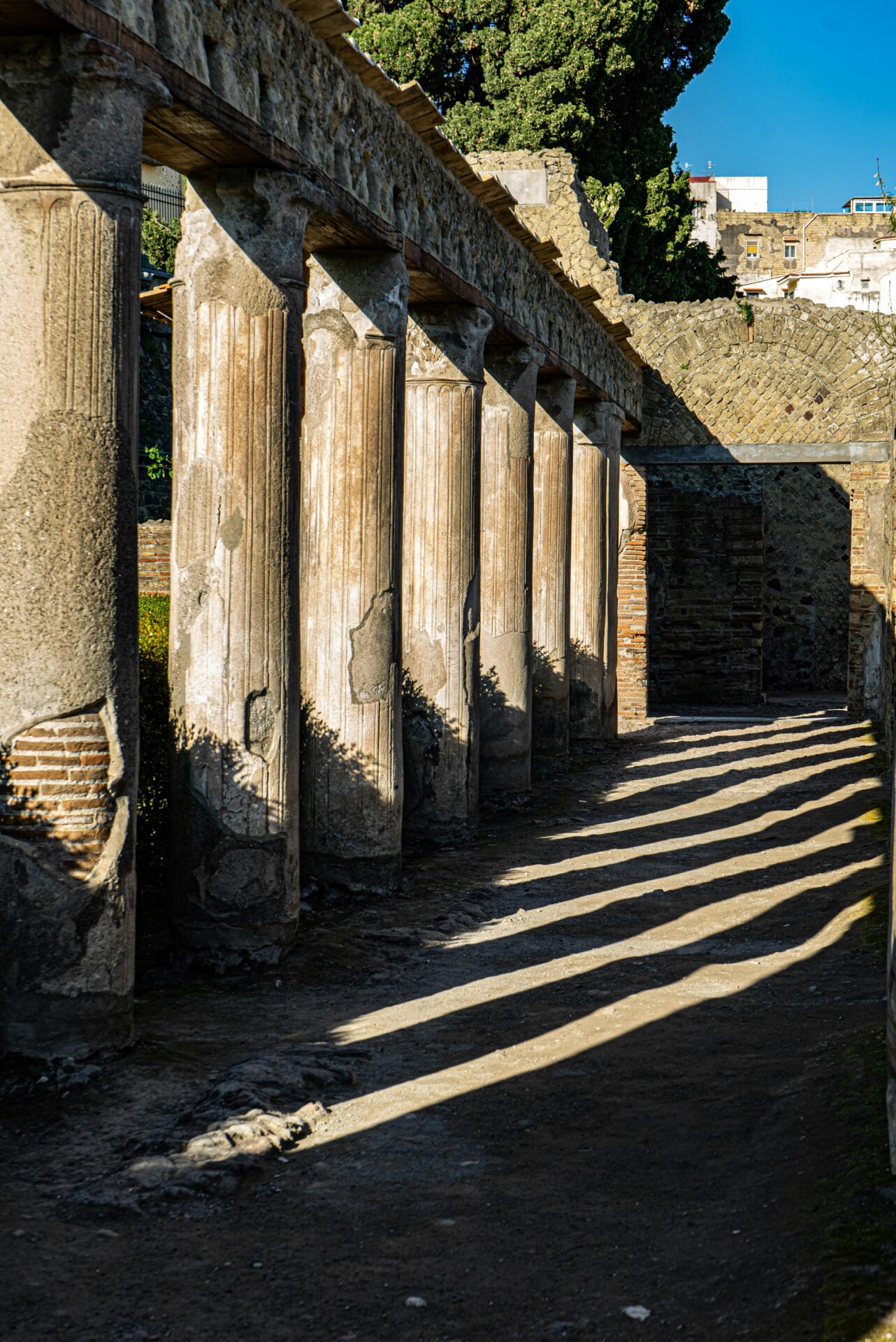
Islands and Coastal Escapes: Capri, Ischia, Procida, Amalfi Coast, and Sorrento
The Bay of Naples sparkles with gorgeous islands perfect for day trips.
Capri charmed me with its Blue Grotto—a sea cave that glows an unreal blue.
The island’s fancy shops and views from Mount Solaro are just as memorable.
Ischia offers a more laid-back scene, with hot springs and lush gardens.
Procida’s colorful fishing villages feel authentic and far less crowded.
The Amalfi Coast is a must.
I took a day tour to Positano, where pastel houses tumble down cliffs to the sea.
Honestly, the drive alone is worth the trip.
Sorrento works as a perfect gateway to these coastal gems.
With lemon groves, charming streets, and stunning bay views, it’s easy to see why it’s such a popular day trip.

Adventures Near Mount Vesuvius
Mount Vesuvius looms over the bay—a constant reminder of nature’s power.
I hiked to the crater’s edge, stunned by the panoramic views and the raw force of this still-active volcano.
The volcanic soil is perfect for growing grapes.
Several wineries on Vesuvius’s slopes offer tours and tastings of local wines you won’t find anywhere else.
Pairing these wines with local food made for a memorable afternoon.
If you love nature, the national park around Vesuvius has several trails beyond the main crater climb.
These paths wind through volcanic landscapes, with plants uniquely adapted to the mineral-rich soil.

